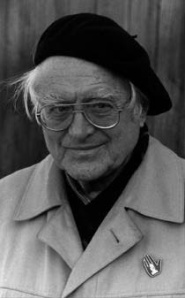It may, of course, be said that the New Testament as a whole is missionary writing, just as the Church is missionary. But in that case the liking for mechanical distinctions must give way, and the Christian life, both in its beginnings and its continuation, must be seen as life from the Word, as a continual returning to the one Gospel, to the Word about Christ. It is false intellectualism to separate those who belong to the Church from the missionary kerygma. That is considered possible only because of the idea in the background that once anyone has heard the Gospel he ought to go on gradually to something else. In fact the message of Christ’s death and resurrection has as its most prominent objective that we who hear it should die and rise again and, since our own will refuses to submit itself to this living process, the word about Christ is always new, unexpected and fresh even to the day of our death. To apply the one kerygma to all the situations of life, to “instruct” so that it conquers, overturns and builds up, certainly demands new formulae. There are marked differences even within the New Testament; the one kerygma is still there, however, in the midst of the differences, yes, even because of them. It is of the utmost importance that the New Testament’s unity does not consist in expressions that are repeated in unchanging words in book after book. The living breath of the kerygma is change. The moment that change departs, the deep unity of the message will have gone.
– The Living Word: A Theological Study of Preaching and the Church, page 18
